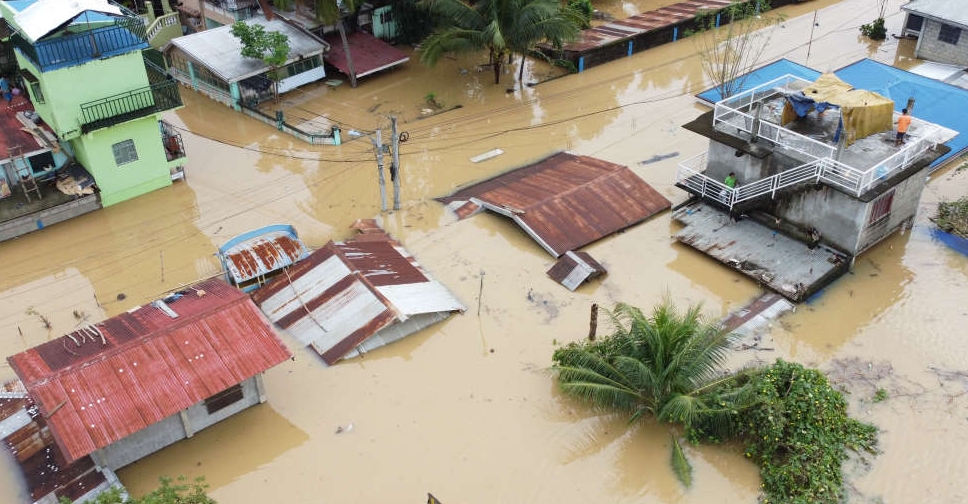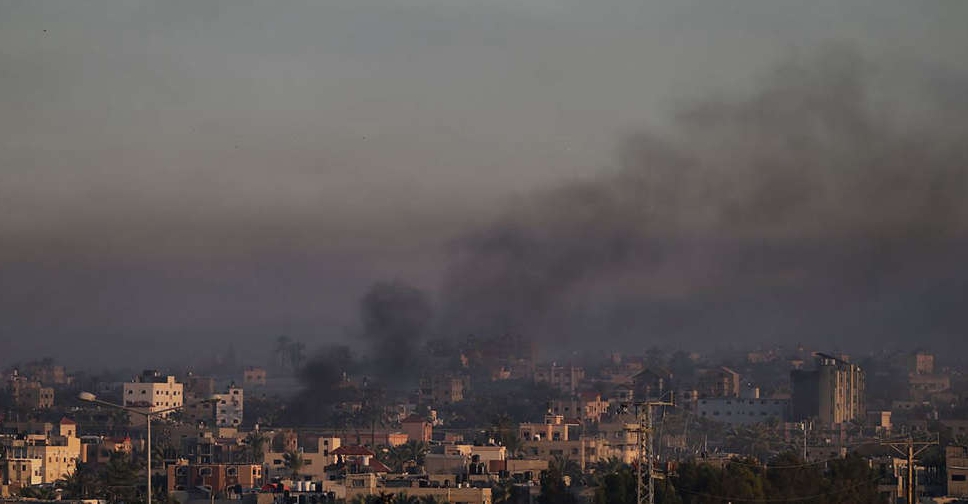
Seven people were killed and three injured when a landslide buried their house in the Philippines, a disaster official said Monday, after a typhoon pummelled the country over the weekend.
The incident happened in Nueva Vizcaya province, Kristine Falcon of the provincial disaster agency told AFP, and takes the death toll from Typhoon Man-yi, known locally as Pepito, to eight.
Philippine authorities issued an urgent appeal on Saturday for residents in low-lying areas and coastal towns to move to safety as super typhoon Man-Yi gained strength on its approach towards the country's main Luzon island.
More than 500,000 people evacuated in Luzon’s Bicol region, a disaster official told DZRH radio, Reuters reported Saturday.
Man-Yi, the sixth tropical cyclone to hit the Philippines in a month, made initial landfall on the coast of island province Catanduanes on Saturday night as a super typhoon with winds up to 260 kph (160 mph) which was the equivalent of a Category 5 Atlantic hurricane.
The storm made its second landfall on Luzon the following day, as the equivalent of a Category 4 Atlantic hurricane.
US Defense Secretary Lloyd Austin, who was on a trip to the Philippines, announced he had authorized US forces to provide direct support and a million dollars in aid as he signed a military cooperation agreement with his Filipino counterpart Gilbert Teodoro.
Man-yi has since weakened as it moves through the South China Sea away from the Philippines. It is expected to bring rounds of rainfall across parts of southern China and central Vietnam this week.
On average, about 20 tropical storms strike the Philippines each year, bringing heavy rain, strong winds and deadly landslides.
In October, Tropical Storm Trami and Typhoon Kong-rey triggered floods and landslides that killed 162 people, with 22 still missing, government figures show.
This month marked the first time in recorded history that four storms were active simultaneously in the western Pacific Ocean, the Japan Meteorological Agency said.



 Israeli strike kills 26 people in Gaza City house, medics say
Israeli strike kills 26 people in Gaza City house, medics say
 Chinese nationals captured fighting for Russia in Ukraine, Zelenskyy says
Chinese nationals captured fighting for Russia in Ukraine, Zelenskyy says
 Hezbollah ready to discuss weapons if Israel withdraws
Hezbollah ready to discuss weapons if Israel withdraws
 At least 22 injured in huge Russian drone attacks on Ukraine
At least 22 injured in huge Russian drone attacks on Ukraine



